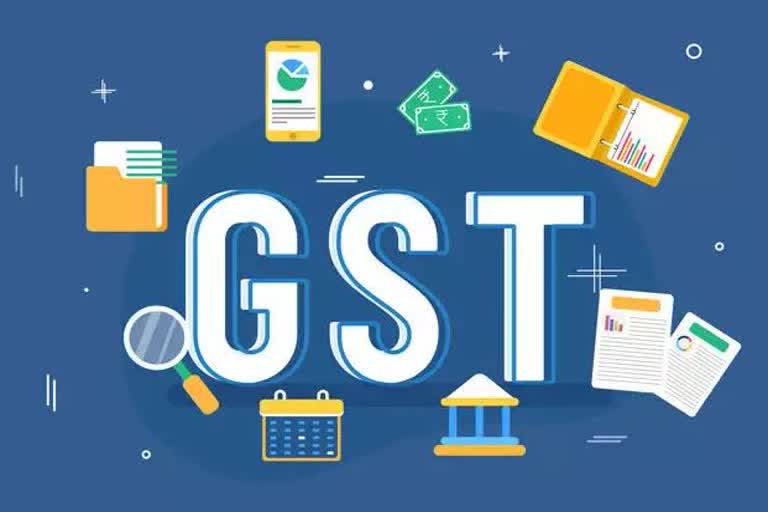New Delhi: The GST Council is likely to rationalise tax rates on five sectors, including mobile phones, footwear and textiles, and defer implementation of the new return filing system and e-invoicing in its meeting on March 14.
The Council, chaired by Finance Minister Nirmala Sitharaman, would also discuss operational glitches on the GST Network portal and seek a resolution plan from Infosys, which has won the contract for managing back-end for GSTN in 2015, officials said.
Further, ways to augment revenue collection would also be discussed as the Centre has made it clear to the states that it does not have money in compensation funds to pay off the states for loss in revenue due to the goods and services tax (GST) implementation.
The Council would also discuss the integration of the GST e-way bill system with the NHAI's FASTag mechanism from April to help track movement of goods and check GST evasion, while also discuss preparedness for Aadhaar-based authentication of GST-registered taxpayers.
The planned lottery scheme under GST, which is proposed to be launched from April 1, would also be discussed in the meeting, officials said.
"The Council would discuss rationalisation of GST rate in sectors which see duty inversion, leading to high input credit refund claims," an official told PTI.
Read more: Know impact of coronavirus on India's business
Currently, cellular mobile phones attract 12 per cent duty, while GST on some of its inputs are 18 per cent.
With regard to footwear, the Council, in June last year, had lowered GST rate to 5 per cent on items worth up to Rs 1,000, while those above this value attract 18 per cent duty. However, inputs used by the sector attract GST rate in the range of 5-18 per cent.
The textiles sector currently has a differential GST rate of 5, 12 and 18 per cent. This leads to difficulty in issuing and claiming of refunds by exporters.
GST rate on chemical fertilisers is currently at 5 per cent, while inputs are taxed at 12 per cent.
The committee of officers set up to suggest ways to augment revenue had earlier suggested several measures to remove anomalies such as inverted duty structure, which causes an annual revenue loss of Rs 20,000 crore.
According to the panel, manufactured goods like fertilisers, mobile phones, footwear, renewable energy equipment, and man-made yarns attract GST of 5-12 per cent, thereby leading to an inverted duty structure, where GST on finished goods is less compared to the duty on inputs.
The official further said that in view of Infosys failing to stabilise the GSTN software even after 30 months of its launch, the Council is likely to defer the new return filing system from the earlier envisaged date of April 1.
Also, mandatory generation of e-invoice for business-to-business (B2B) transactions for businesses with a turnover of over Rs 100 crore is likely to be deferred by three months till July 1.
Also, the Council will decide on lottery offers under GST from April 1 by conducting lucky draws every month for invoices of all business-to-customer (B2C) transactions.
Launched on July 1, 2017, GST has subsumed over a dozen indirect taxes, like excise and service tax. However, revenues under the new indirect tax regime has not picked up as per expectations mainly on account of evasion.
(PTI Report)



